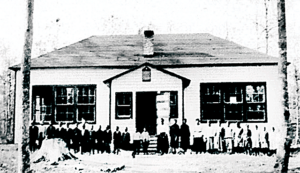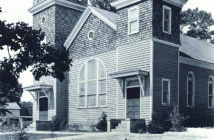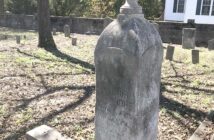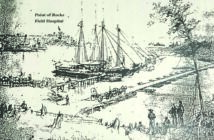The rural school building program began in 1912 as a collaboration between Booker T. Washington, the head of the Tuskegee Institute in Alabama, and Rosenwald, one of the institutes trustees and the president of Sears, Roebuck and Company. Washington held that impoverished African Americans could improve economic and social conditions by educating themselves —but at the time, public school facilities for blacks in the rural South were inadequate at best and nonexistent at worst.
 By providing matching funds to stimulate the construction of safe, sanitary school buildings in rural areas, Washington hoped to improve the state of public education for African Americans and, by extension, African American society as a whole. The rural school building program began funding projects in Virginia in 1917. Between 1917 and 1932, Rosenwald funds helped build 382 schools and support buildings in seventy-nine Virginia counties. The majority of these buildings conformed to the smaller, one- or two-teacher designs, though schools big enough to accommodate ten and eleven teachers were built in Henrico and Prince Edward counties, respectively. The rural school building program’s involvement in Virginia reached its peak between 1923 and 1924, when forty-five Rosenwald-assisted schools were constructed.
By providing matching funds to stimulate the construction of safe, sanitary school buildings in rural areas, Washington hoped to improve the state of public education for African Americans and, by extension, African American society as a whole. The rural school building program began funding projects in Virginia in 1917. Between 1917 and 1932, Rosenwald funds helped build 382 schools and support buildings in seventy-nine Virginia counties. The majority of these buildings conformed to the smaller, one- or two-teacher designs, though schools big enough to accommodate ten and eleven teachers were built in Henrico and Prince Edward counties, respectively. The rural school building program’s involvement in Virginia reached its peak between 1923 and 1924, when forty-five Rosenwald-assisted schools were constructed.
The number of Rosenwald schools that exist in Virginia today is not known. Some have been renovated and restored for community use, such as Rappahannock County’s Scrabble School, which reopened in May 2009 as a senior center. In 2002, the National Trust for Historic Preservation placed all Rosenwald schools in the United States on its list of most endangered historic buildings.
—- Encyclopedia Virginia



